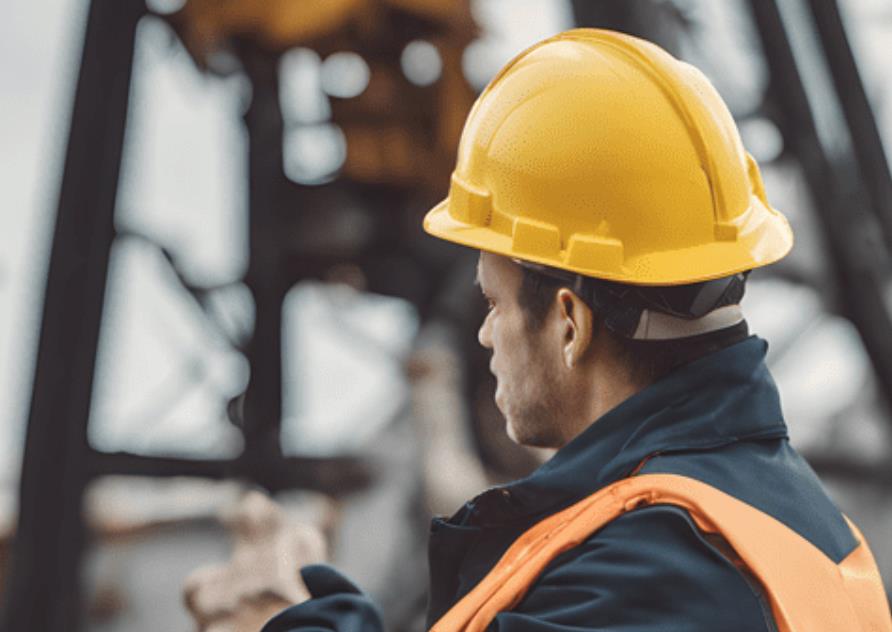1
Anybody working in the oil and gas industry understands safety is paramount. OSHA provides a long list of safety hazards, along with ways to prevent the most prevalent workplace accidents.
OSHA’s guidelines are common sense: how to prevent falls, ways to stay safe in confined spaces, steps to take to avoid exposure to machine hazards, and so on. However, in times of peak demand, getting the job done quickly may trump getting the job done safely. This should never be the case.
I worked in the oil and gas industry for more than 40 years. Unfortunately, my time in this sector, especially early on, was impacted by several people dying or being seriously injured on the job. Fortunately, I have also seen the industry move toward a zero-injury mindset after such tragedies occurred. I have seen first-hand that with the right commitment, approach, and tools, oil and gas organizations can achieve this goal.
The safety journey is ongoing, but in today’s digital transformation landscape, the right technology can help the oil and gas industry ensure its workforce – both employees and contractors – remain safe.
Working Toward Zero Injuries
In the early 1980s, I witnessed major unsafe events at the refinery where I worked, including fires that occurred with alarming regularity. Working as an operator in the mid-80s, the mantra was, “Let’s just get through the next eight hours without an incident and go home.” Can you imagine your workday being filled with such stress? At one point, 17 people lost their lives at a sister site after a major explosion occurred.
This prompted a major change regarding safety. We chose a “Goal Zero” slogan, meaning the company where I worked adopted a culture in which no injuries would be tolerated. Impossible? We thought so at the time, but it was not.
And with the amount of safety data and contractor management technology available at our fingertips today, it is 100 percent possible for safety to prevail, so long as the tools themselves are not used as a crutch. Technology in and of itself is not the answer. But having it in place with a strategy and a shift in culture can enhance safety significantly.
We created a safe learning culture in which everyone shared incidents with personal testimonials when possible. We created a safety council where the safety professionals from all companies met weekly sharing safety practices and learning opportunities. The culture we created established that risks shall never outweigh safety. For example, crawling out on a pipe to perform a task should never happen when setting up a scaffold is much safer. Similarly, a hole watch would never try to perform a scaffold builder’s job and vice versa. Although this sounds improbable, such instances occur when a category of worker is in short supply.
Overcoming Manual Challenges with Modern Tools
The biggest obstacle to safety back in the day was having new employees or contractors on-site. This has not changed. Eager to do their best, they sometimes veer(ed) from safety protocols.
 iMetal
iMetal
